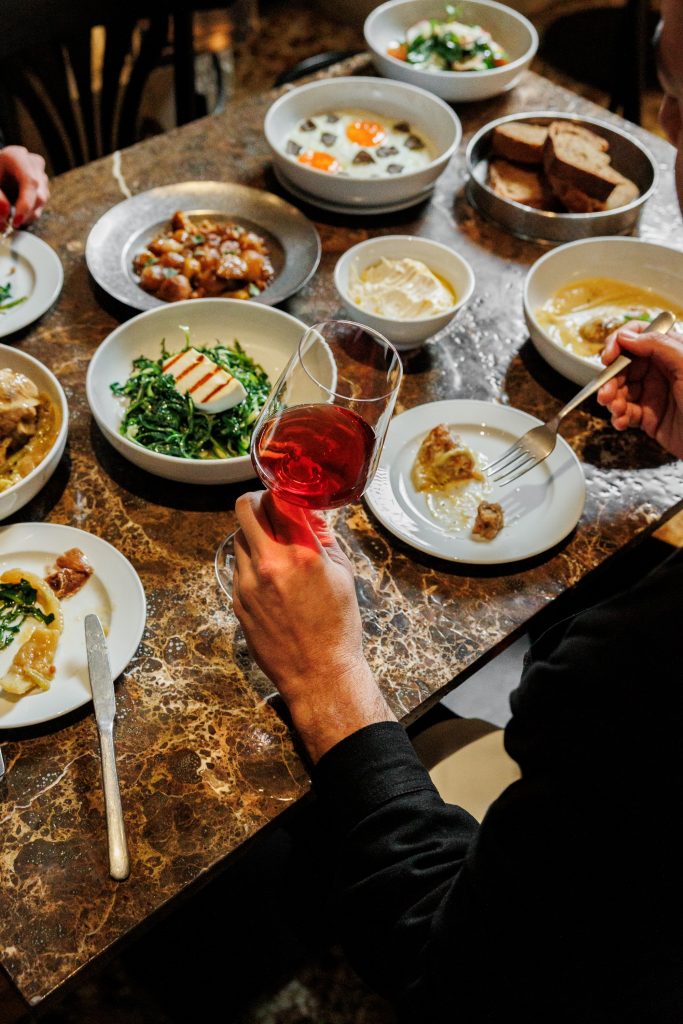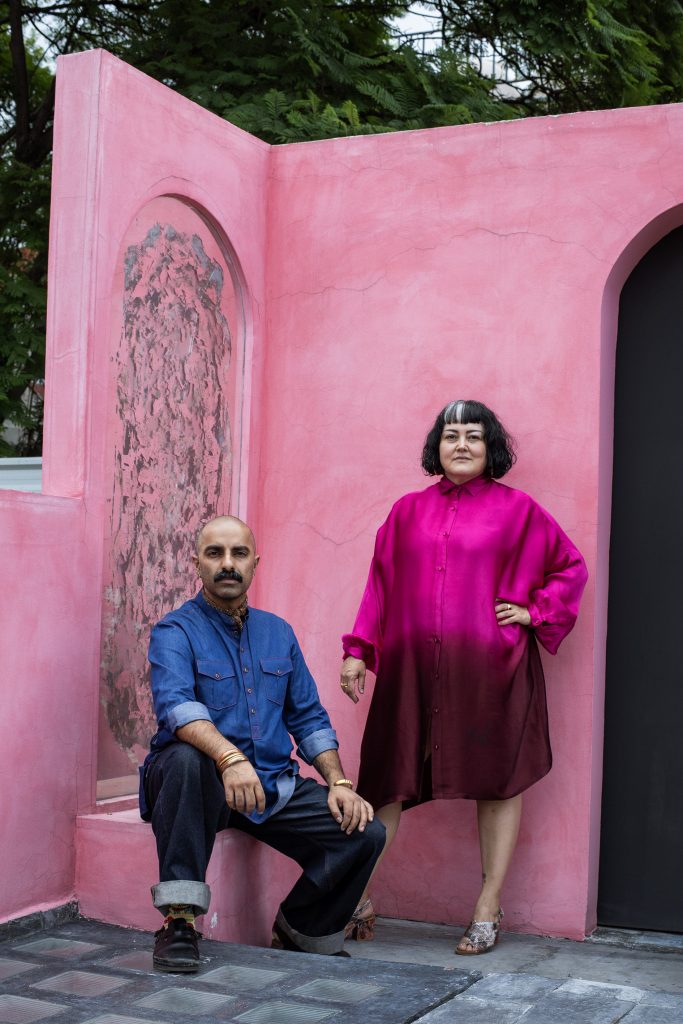with
Learn more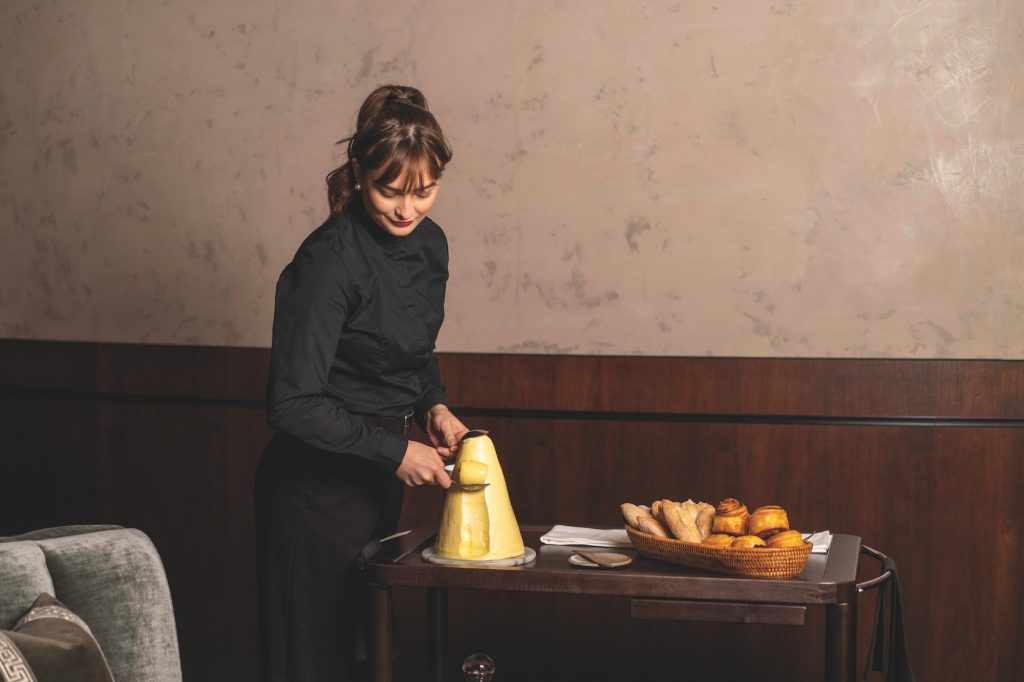
Luxury Redefined: Fine Dining’s New ‘It’ Ingredients
Caviar and foie gras are no longer the be-all and end-all of dining extravagance, argues globe-trotting food writer Jeff Gordinier, who extols five delectable alternatives.
What if luxury is not what you think it is? We tend to view certain foods as fixed and universal signifiers of “living well.” These are the ingredients that make everyone at the table smile and sigh when the server mentions them, and they’re the ingredients that usually come accompanied by a supplement, meaning that the server is happy to ask the kitchen to dollop or shave one of them onto your dish as long as you’re amenable to paying an extra $100 or so. Truffles, caviar, foie gras—behold the Three Musketeers of haute cuisine, with uni increasingly cast as the young D’Artagnan who has joined forces with the classic trio. Such ingredients have become so entrenched in contemporary menus, so ubiquitous, you might assume they’ve always dominated the epicurean conversation.
But luxury evolves—it moves around. One era’s cattle feed is the next era’s pricey indulgence. As the food essayist and New York Times critic Ligaya Mishan has written, “In medieval Russia, caviar was a peasant staple, less expensive than fish itself.” So abundant were the briny sturgeon eggs, and so removed from any idea of fanciness, that once upon a time, country folks shoveled heaps of caviar to their pigs “to fatten them up,” as Mishan tells us. (Lucky swine!)
Luxury is evolving right now, too, and the new idea of opulence often manifests in subtle ways. Beyond the realm of caviar and truffles, there are other ingredients whose appearance on a menu tells you that the chef is thinking deeply about the art of cooking and the experience of pleasure. Maybe the chef has decided to elevate staples, such as rice, corn, and butter, or draw on ancient methods of intensifying flavour by drying out an ingredient, be it salty mullet roe or a sweet persimmon. Here we present five examples of extravagance-in-evolution: five ingredients that represent la dolce vita in 2025, even though they’ve been around for centuries.
Heirloom Masa
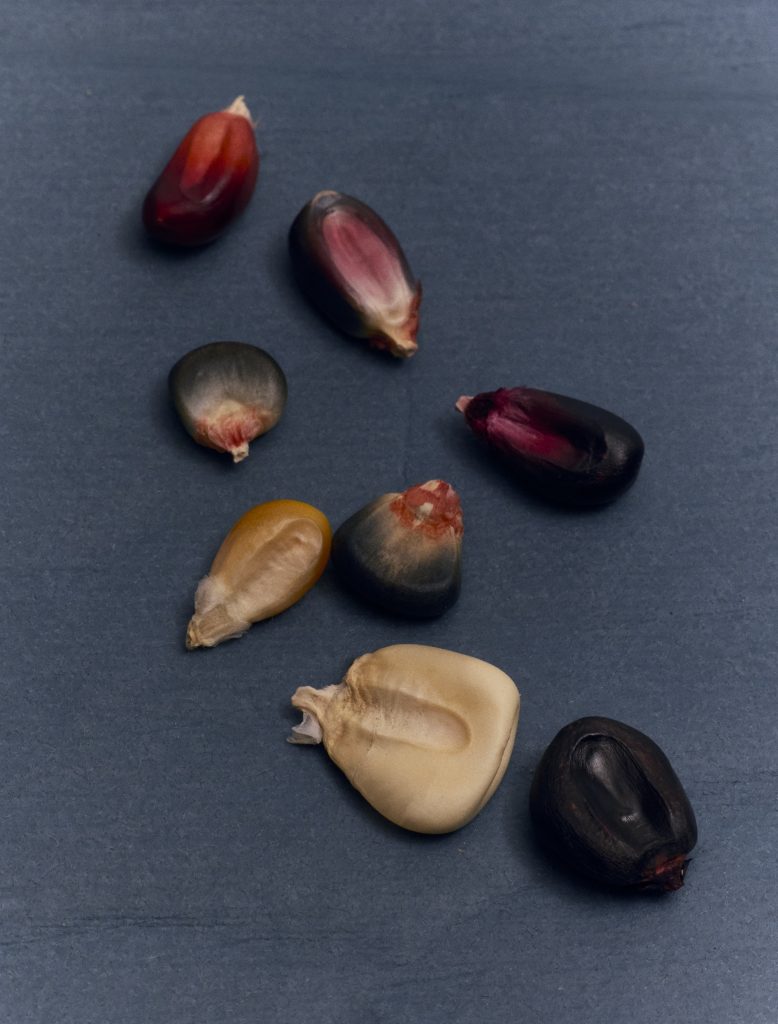

Dine in one of lauded chef Enrique Olvera’s restaurants—maybe Pujol in Mexico City, Cosme in New York, or Damian in Los Angeles—and you realize that few things come close to the deep, glorious earthiness of a tortilla made with heirloom masa. In fact, Olvera himself speaks of this ingredient in almost mystical terms: “The ability to taste the place,” he says. That, to him, represents the soul of luxury, especially in this age in which sturgeons can spend years swimming back and forth in stationary pools for the production of farm-raised caviar. “Luxury now is whatever is from that place that you cannot get any other place,” he says. “That flavour from the heirloom corn is from the soil, and flavour is a reflection of the health of the soil.”
Heirloom corn, unlike its mass-market counterpart, comes in myriad hues and husks and sizes and names, from Pink Xocoyul (native to Tlaxcala, Mexico) to Cacahuazintle, a large, white variety used in pozole. And through the centuries-old process of nixtamalization—the soaking of kernels in an alkaline solution that unlocks their essence (as well as their nutrients)—the resulting masa dough can express itself in an endless spectrum of flavours: nuttiness, sweetness, barnyard-iness, even cheesiness.
At Atlas Restaurant Group’s Maximón in Four Seasons Hotel Baltimore, Atlas corporate chef Aaron Taylor goes the distance in pursuit of these truer flavours and textures. He and the Maximón team buy whole yellow, blue, and white kernels from Masienda, a respected supplier of heirloom corn, and they nixtamalize and grind them on-site for tacos and quesadillas. “We do this every single day,” Taylor says. It’s a serious investment of time and labor, he adds, but “I think our tortillas are far superior to anything you find around town.”
Masa isn’t just food; it’s culture. When chef Miguel Soltero at Four Seasons Resort Tamarindo in Mexico offers a quesadilla de milpa made with heirloom masa, that simple dish tells a story about all the good things that come from the milpa, or field, from corn to squash to chiles. And when Olvera, at Pujol in Mexico City, offers a basket of tortillas alongside a “mole madre” that has aged and deepened for longer than a decade, he is serving the greatest luxury of all: time.
Beurre de Baratte

At Emeril’s in New Orleans, a cart rolls up to the table, crowned by a pale yellow pyramid. That creamy tower is a solid mass of Beurre de Baratte, a French butter whose slightly tangy and nutty base notes and borderline cheesiness of texture come from the patient, tedious, time-honoured practice of churning milk by hand. “I prefer Beurre de Baratte, as it’s rich and complex,” says E.J. Lagasse, the chef at Emeril’s in New Orleans. (Yes, he’s Emeril’s kid.) “I love the saltiness of it and the velvety texture. In my opinion, it’s ideal served at room temperature, which is how we serve it at Emeril’s.”
The man behind the spread is Rodolphe Le Meunier, who grew up in a cheesemaking family in France, and whose approach to butter is patient and traditional and precise: cream from Normandy cows gets a chance to ferment, à la yogurt, before being churned and molded with wooden equipment of the type that might have been used hundreds of years ago. The result is cultured—in all senses of that word. It has depth.
At Corner Office, a wine bar in Taos, New Mexico, you might encounter it as a soft and silky bed for sardines. But the butter is so delicious that at top spots around the world—including the three-Michelin-star restaurant Caprice at Four Seasons Hotel Hong Kong—chefs step back and let it own the spotlight, serving Le Meunier’s Beurre de Baratte seasonally with bread. That’s it—that’s the dish. What could be more luxurious?
Bottarga
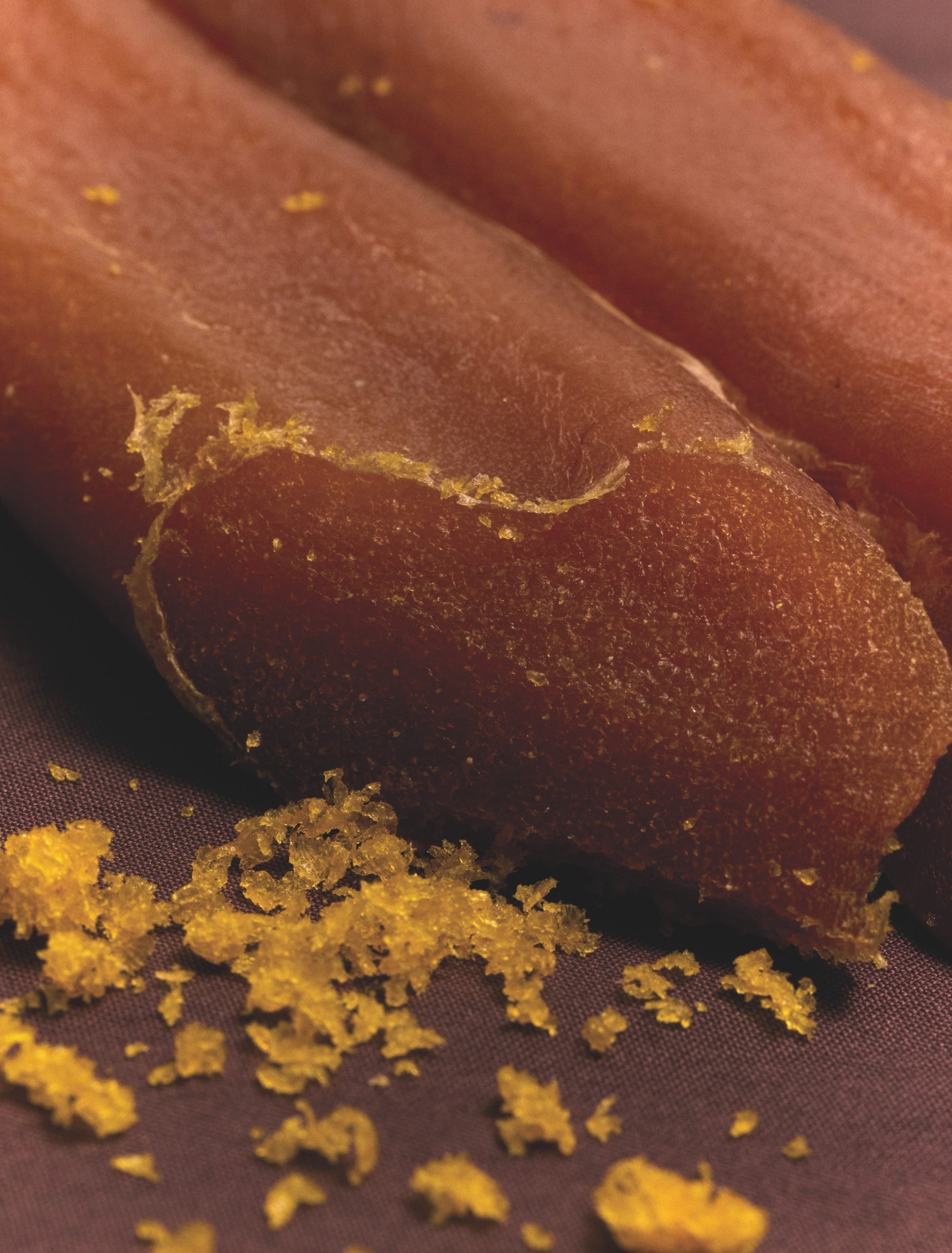
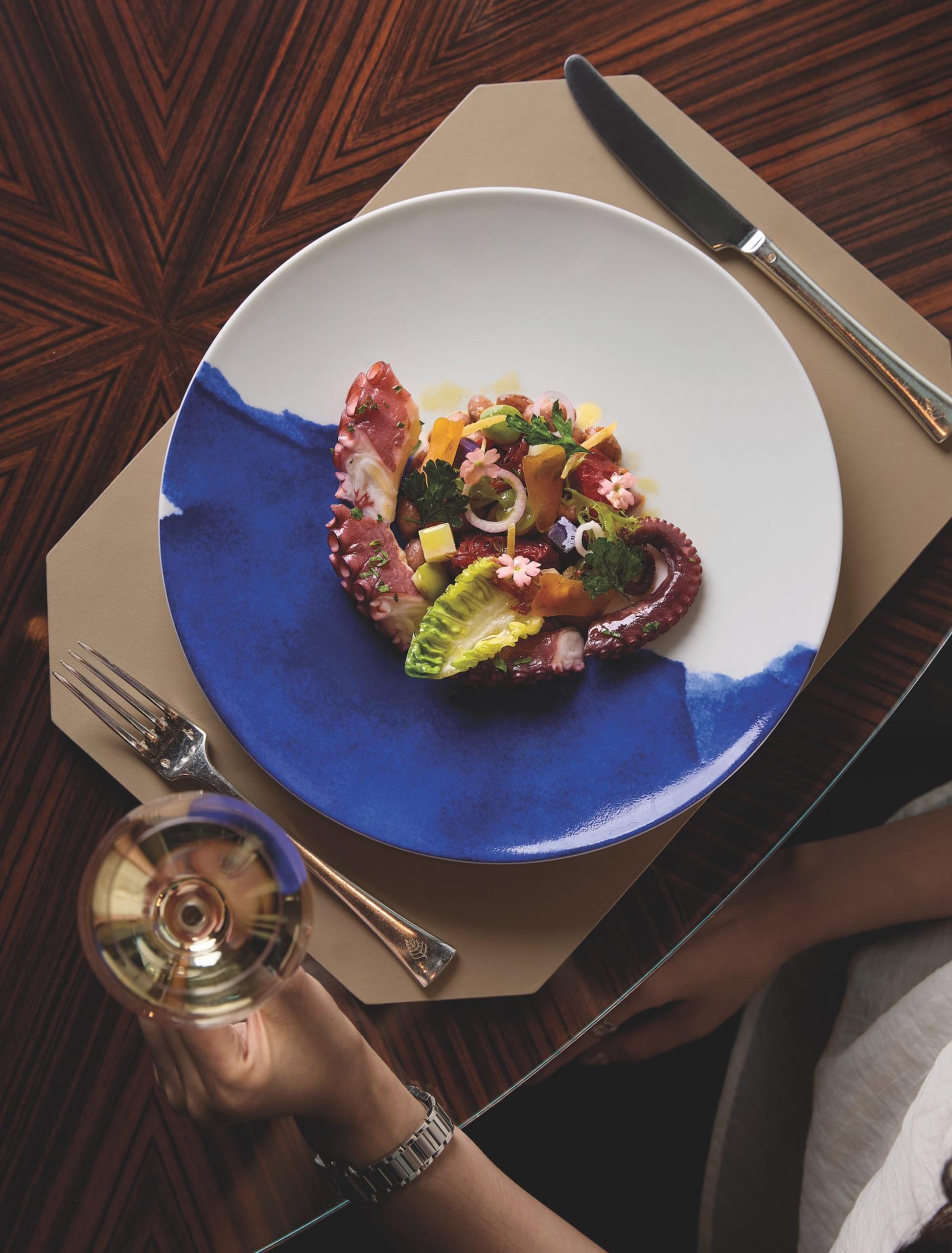
“I love [bottarga]. I eat it just cut up with a little olive oil on it. Caviar has its place, but bottarga has so much more complexity, for me. It’s one of those ingredients that’s still a little cultish.”
—Nicholas Stefanelli, chef at Masseria
How special is bottarga? Put it this way: Jurgen Kulli, executive chef at Fuego Grill at Four Seasons Resort Maldives at Landaa Giraavaru, uses bottarga that makes a trip all the way from the Mediterranean island of Sardinia to his kitchen on an island in the middle of the Indian Ocean. “It’s very rich in flavour,” says Kulli, who serves it with a carpaccio of dry-aged cobia, the large and hard-to-catch whitefish known for its subtle sweetness.
Bottarga doesn’t necessarily sound inviting—it’s basically a lobe of mullet roe that has been compressed and desiccated in the sun until it’s a chunk of orange-yellow umami wax—but at first taste, all doubts evaporate. At Mode Kitchen & Bar at Four Seasons Hotel Sydney, executive chef Gaurav Bide views it as the perfect funky counterpunch to fresh seafood, serving it shaved over yellowfin tuna tartare. At The Lounge at Four Seasons Hotel Hong Kong, bottarga adds a bold note to the warm octopus salad.
“I love it,” adds Nicholas Stefanelli, the chef at Masseria, a Michelin-starred Italian restaurant in Washington, D.C., who sources his bottarga from Gustiamo, a way station in New York’s South Bronx for all good things from Italy. “I eat it just cut up with a little olive oil on it. Caviar has its place, but bottarga has so much more complexity, for me. It’s one of those ingredients that’s still a little cultish.” At Masseria, Stefanelli shaves it over stuffed pasta with spring peas; at home, he uses it to luxury-boost a baked potato. It tastes like the sea and the sun, and bottarga aficionados know that there is only one sensible response when you spy it on a menu: Order it.
Heirloom Rice
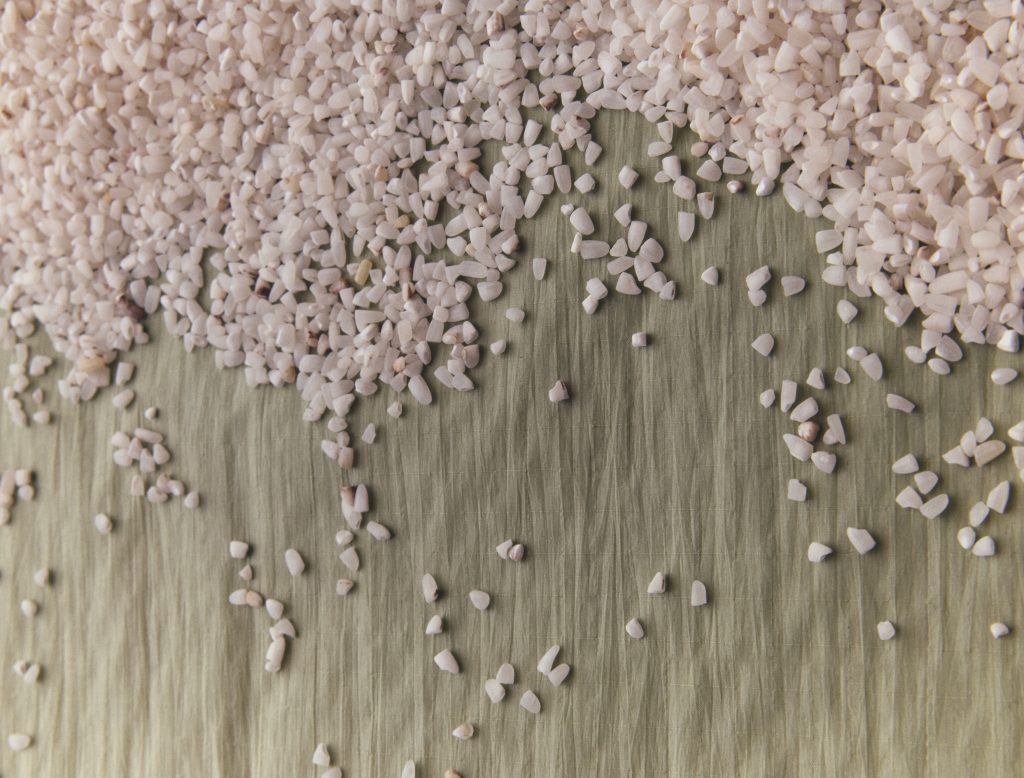
Anyone who has enjoyed the highest level of sushi artistry knows what a difference the rice can make. Far from a bland canvas for fish, rice is often the component of a meal through which sushi chefs express the core spirit of their approach to omakase, selecting based on the grain’s taste, texture, and serving temperature. This is true beyond sushi counters as well. When chefs opt to use premium strains of rice that are rooted in tradition and terroir, take note, because this tells you that you’re in a restaurant that prefers not to cut corners.
What’s that nuttiness that you taste when you get a mouthful of shrimp risotto at Dunsmoor, a Los Angeles spot that celebrates traditional American foodways, or jollof-inspired crab rice at Bludorn, a Houston restaurant with an innovative approach to global ingredients? It’s Carolina Gold. An American variety, it was originally cultivated in the Lowcountry of South Carolina by West Africans who had been enslaved for their agriculture knowledge, and it almost vanished until the team at the heirloom grain company Anson Mills rescued it from obscurity. “We use it in all four of our restaurants,” says chef Aaron Bludorn. “There’s a richness to it that I can taste—almost a meatiness.”
Sticky and pearly, koshihikari rice is at the opposite end of the spectrum. Where Carolina Gold is robust, koshihikari is diaphanous, which is why chef Rogelio Garcia uses it to accompany Japanese bluefin tuna at Auro, the Michelin-starred restaurant at Four Seasons Resort and Residences Napa Valley. “I love working with koshihikari because of its pearl-like texture and aromatic quality,” he says. “There’s a subtle sweetness to it, a clean finish that allows the fish to shine while quietly elevating the dish. It’s not just about taste—its colour and sheen also create a beautifully refined presentation on the plate.” Rice is nice, but koshihikari and Carolina Gold are just a little bit nicer.
Hoshigaki
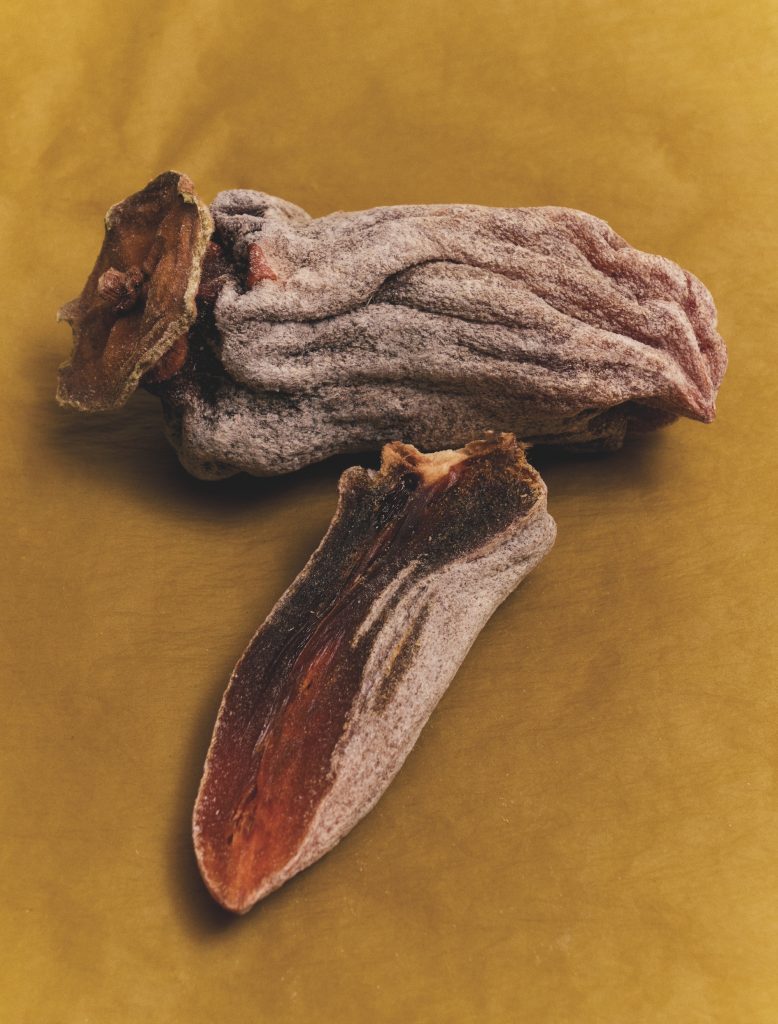
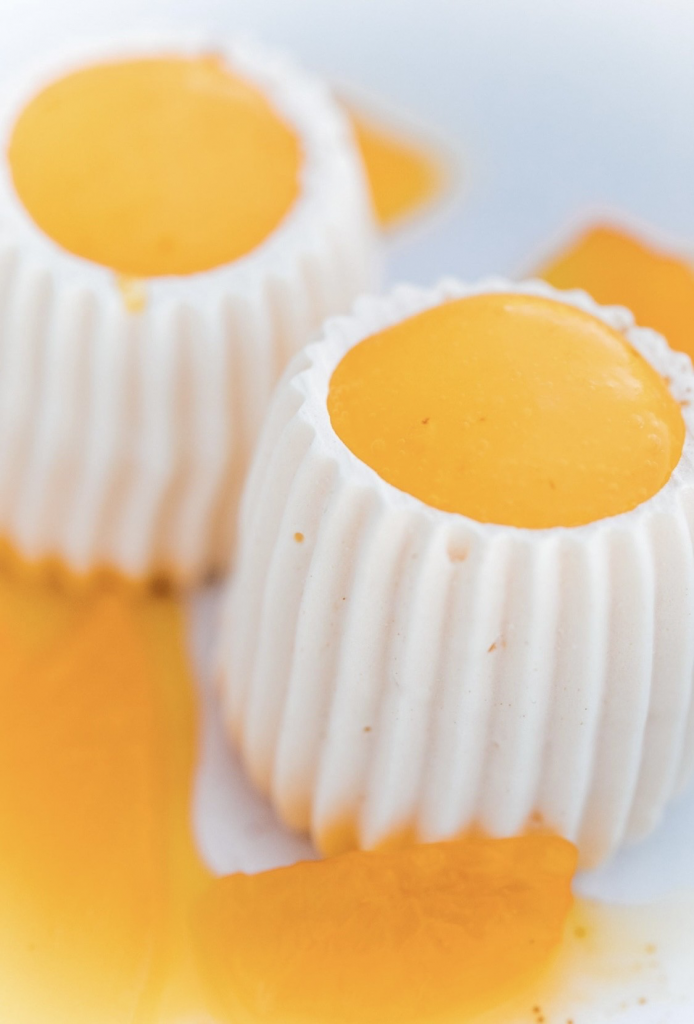
If you have a food-obsessed friend who makes the Japanese snack at home (a practice that has been trending in recent years), you might spy hachiya persimmons drying in their kitchen. Squint and they almost look like golden lanterns hanging from a temple. The persimmons dangle on strings in sunlight and fresh air until they shrivel into gnarled, chewy, sugar-dusted delights. (Caretakers have to massage them now and then to break down pulp—talk about luxury.) They’ve been revered in Japan and across Asia for hundreds of years, but only in recent decades have hoshigaki begun appearing on Western menus. Raisins and prunes, of course, represent common examples of what happens when we concentrate the flavour of fruits by drying them out, but hoshigaki (known as gotgam in Korea) can take that process to an exalted place.
Pair them with a sharp cheese—as chef Ignacio Mattos occasionally does at Estela, his intimate and creatively influential flagship on East Houston Street in New York City—and the marriage of fruit and funk will make you melt on the spot. Honouring the seasonal nature of this Asian delicacy, pastry chef Michele Abbatemarco, of Michelin-starred est restaurant at Four Seasons Hotel Tokyo at Otemachi, serves hoshigaki in the autumn months with ricotta cream, chamomile gelato, persimmon jelly, candied persimmons, a mandarin sauce, and a dusting of coffee powder. Whatever the presentation, the best approach is to take your time relishing every bite—dried persimmons are a slow food, after all.
More like this
Four Seasons restaurants Hotels and Resorts
Mexico City Food Tour: A World of Flavours in 24 Hours
Chefs are infusing new flavors into the rich culinary traditions of Mexico, which the Michelin Guide has rated for the first time.
Mexico and the Caribbean
Raicilla: Mexico’s Other Mezcal
Discover the endless mineralities of raicilla, Jalisco's under-the-radar agave spirit, on an insider's distillery tour.
Trending
-
Luxury Redefined: Fine Dining’s New ‘It’ Ingredients
Caviar and foie gras are no longer the be-all and end-all of dining extravagance, argues globe-trotting food writer Jeff Gordinier, who extols five delectable alternatives.
-
Bring The Four Seasons
Experience HomeRest peacefully on the world’s most comfortable mattress.
-
Opinion: In Defence of Luck
In the success equation, luck plays an important role.
